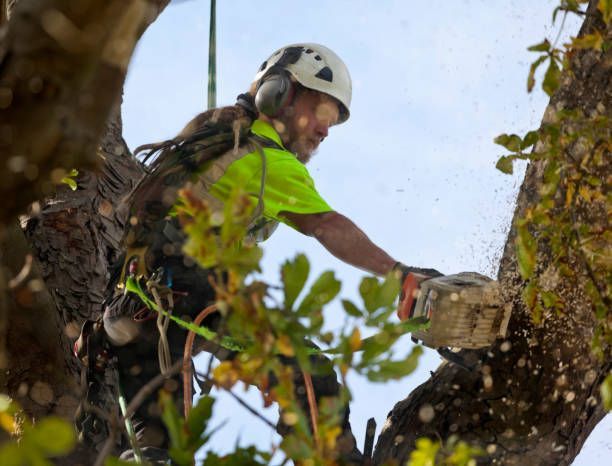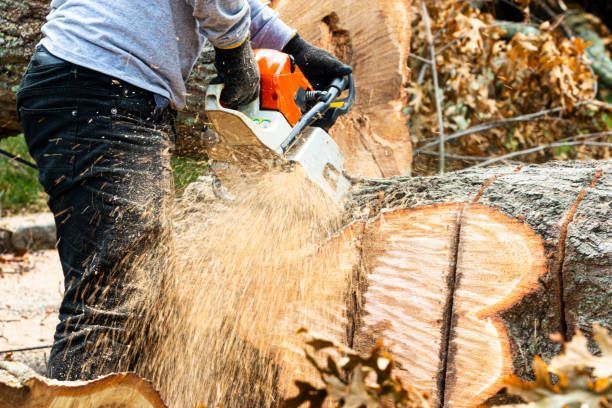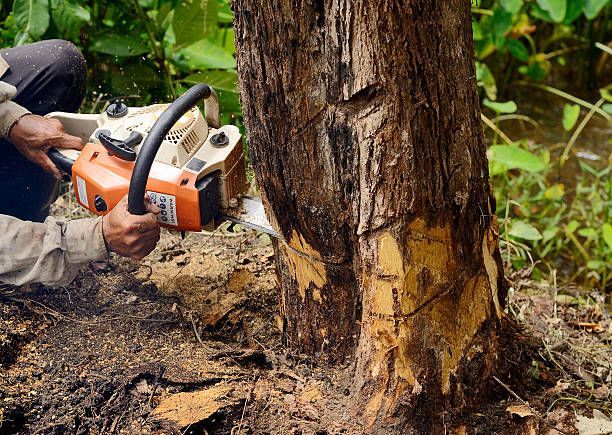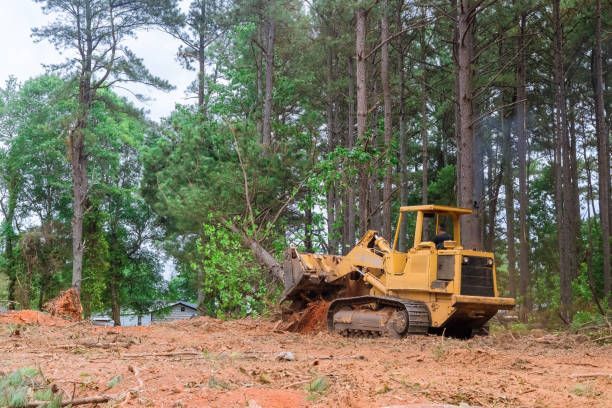When severe weather strikes or disease compromises a tree's stability, emergency tree removal becomes not just a matter of property maintenance, but a crucial safety imperative. Trees that pose immediate risks require swift professional intervention to prevent potentially catastrophic outcomes for your home, family, and surrounding property.
A damaged or diseased tree can fail without warning, especially during adverse weather conditions. Heavy storms, high winds, or accumulated ice and snow create additional stress on already compromised trees, significantly increasing the likelihood of sudden collapse. What might appear as minor damage to an untrained eye could actually signal severe structural weakness throughout the tree's core, making professional assessment and immediate action essential.
The consequences of delaying emergency tree removal extend far beyond the immediate vicinity of the tree itself. Falling branches or entire trees can devastate homes, vehicles, and power lines, leading to extensive property damage and dangerous electrical hazards. Moreover, unstable trees near walkways or roads pose serious risks to pedestrians and vehicles, potentially resulting in severe injuries or worse. Insurance companies may also deny claims if they determine that a homeowner neglected to address a visibly hazardous tree situation.
Professional emergency tree removal services employ specialized equipment and expertise to safely manage high-risk situations. These experts can quickly assess the severity of the threat and execute precise removal strategies that minimize risk to surrounding structures and landscapes. They understand how to handle complicated scenarios such as trees entangled with power lines or those precariously positioned over buildings, ensuring safe removal while preventing additional damage to your property.
Remember, when it comes to hazardous trees, time is of the essence. Waiting too long to address emergency tree situations can transform a manageable problem into a costly and dangerous crisis. By acting promptly when you notice signs of tree distress or damage, you protect not only your property but also the safety and well-being of your entire neighborhood.



